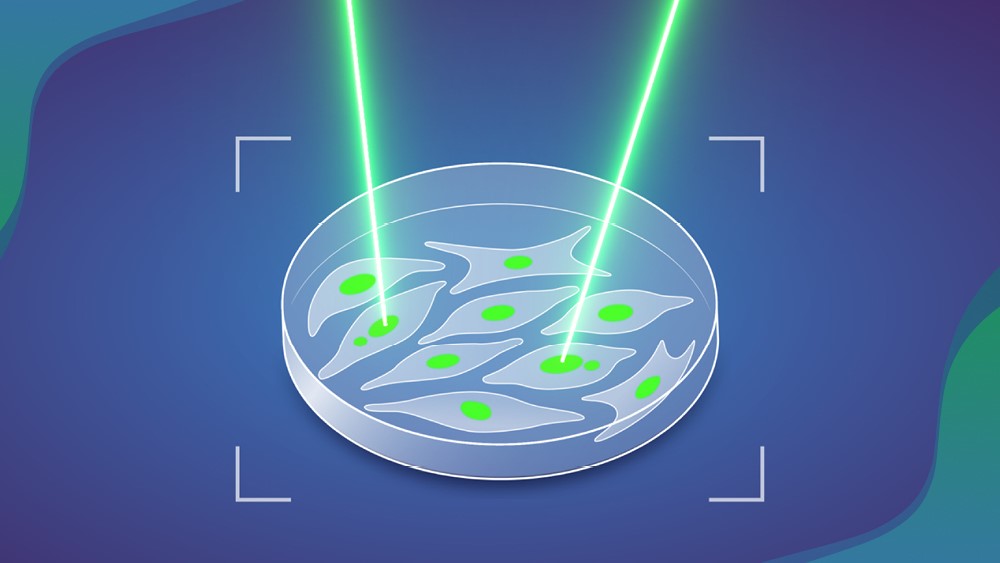New method to bring growth charts to children with rare genetic conditions through DECIPHER

A new method for building growth charts for children with rare diseases is being integrated into DECIPHER to help clinicians and families understand child development
Summary
- A new method makes it possible to build growth charts for children with rare genetic disorders.
- Condition-specific charts reveal how growth patterns differ for children with certain rare diseases.
- The method is being integrated into DECIPHER so that growth charts are openly available for many rare genetic conditions.
Growth charts – used to track a child’s height and weight over time – help identify when a child’s growth is within a healthy range. But for children with rare genetic conditions, these benchmarks can be misleading. Their growth may look unusual compared to the general population, leaving families and clinicians uncertain about what is typical for their condition and making it difficult to spot when a child’s growth is deviating from what would be expected in their rare condition.
Researchers have developed a new method, called LMSz, to create condition-specific charts, giving healthcare professionals and parents clearer insights into a child’s growth and development. This new method, published in the European Journal of Human Genetics (EJHG), builds on standard population growth charts but adapts them for patient groups with rare genetic conditions where only a small number of cases are available.
This method, developed in collaboration with the DECIPHER team, is being integrated into DECIPHER, a platform hosted at EMBL-EBI for the interpretation of genomic variants for rare disease. DECIPHER has led the way in displaying condition-specific growth charts for many rare paediatric disorders. This new method will improve these charts, making them more comparable to the standard growth charts used in paediatrics. This means that improved condition-specific growth charts will soon be available for many rare conditions.
Rare disease insights
Researchers at the University of Bristol, in collaboration with DECIPHER, used the LMSz method with data from nearly 600 children worldwide to create growth charts for six rare genetic conditions:
- ANKRD11-related KBG syndrome
- ARID1B-related Coffin-Siris Syndrome
- ASXL3-related Bainbridge-Ropers syndrome
- DDX3X-related intellectual developmental disorder
- KMT2A-related Wiedemann-Steiner syndrome
- SATB2-related Glass syndrome
This information can help healthcare professionals make more informed decisions and give families a clearer picture of what to expect as their child grows.
“Parents of children with rare genetic conditions often feel anxious when their child’s growth looks very different from other children,” said Karen Low, NIHR Clinical Research Fellow in Bristol Medical School: Population Health Sciences (PHS). “Our growth charts help show what’s typical for that specific condition, which can provide reassurance or might highlight in which children medical intervention is required, which supports better medical care.”
The integration of this method into DECIPHER will allow new growth charts to be openly available for not only these six rare diseases, but for any rare genetic condition for which enough growth measurement data is available.
Open data impact
The open sharing of these growth charts through DECIPHER will allow the benefits of condition-specific growth information to be available to the global rare disease community.
“Integrating this new method into DECIPHER is extremely powerful as it allows a growth chart to be generated for any rare genetic condition,” said Julia Foreman, DECIPHER Project Leader at EMBL-EBI. “As more rare disease growth data is shared with DECIPHER, growth charts for more conditions will be automatically generated and immediately openly shared, bringing benefits to the rare disease community worldwide.”
Source Article
- The LMSz method – an automatable scalable approach to constructing gene-specific growth charts in rare disorders Low K.J et al., European Journal of Human Genetics (EJHG) 13 October 2025 10.1038/s41431-025-01947-1
Related links
This press release was originally published by EMBL News.




